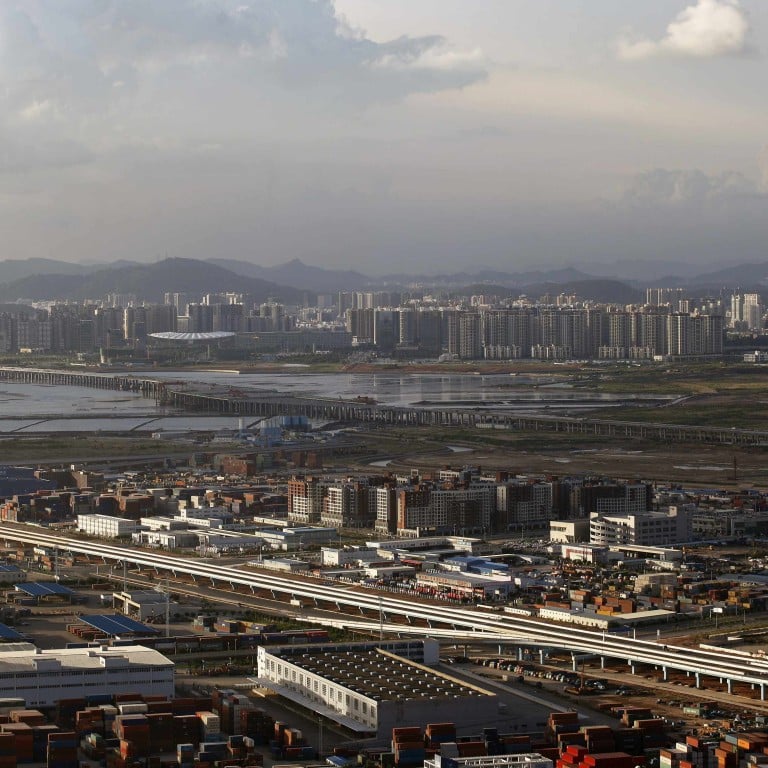
Office rents grew fastest in Shenzhen, new SCMP-DTZ index shows
Qianhai economic zone drives 5.7 per cent rise in the city whereas Shanghai suffers from new supply and declining occupancy
Shenzhen reported the highest office rental growth among mainland cities in the second quarter, fuelled by the development of its Qianhai economic zone, the inaugural edition of the SCMP-DTZ mainland office rental index shows.
The index, issued quarterly by the and property consultancy DTZ, reports office rental performance in 16 mainland cities. It was developed with a base value of 100 at the first quarter of 2013.
Shenzhen recorded the highest overall increase in rents in the second quarter, up 5.7 per cent from the previous quarter, with Qianhai providing a strong stimulus for its economy.
"The office market has turned more buoyant, and new developments in core business districts have witnessed strong preleasing take-up," said Andrew Ness, head of North Asia research at DTZ.
By May, more than 7,000 companies had been incorporated in Qianhai, Ness said.
"As there is no office supply in the area at the moment, companies seeking to establish a presence here have no choice but to establish operations in the mature Lo Wu and Futian office precincts," he said.
This phenomenon was the main driver of rent increases in these districts, with Lo Wu gaining 9.6 per cent and Futian rising 4.7 per cent.
Changsha in Hunan province took second place on the index, with an increase of 2.1 per cent in office rents. It was followed by Nanjing in Jiangsu province, with 2 per cent growth, and Hangzhou in Zhejiang province, up 1.4 per cent. Wuhan in Hubei province was in the fifth place, increasing 1.1 per cent.
"In the second quarter of 2014, rents across mainland cities remained relatively stable, with change in most markets within a 1 per cent margin," Ness said.
In Changsha, one new project received a positive response, alongside active take-up in existing office buildings, largely driven by the professional services, real estate and finance sectors.
At the other end of the spectrum, Shanghai office rents turned weaker, falling the most among the cities, about 1 per cent, as a result of new supply accompanied by a net decrease in space occupied.
Beijing rents declined about 0.1 per cent.
In light of the rise in market activity in the office sector, vacancy rates have generally improved, although they fluctuated within a wider range in top-tier cities.
In second-tier cities, vacancy rates were generally flatter and had varied within a range not exceeding 1 percentage point, Ness said.
Chongqing is the only second-tier city that showed greater improvement in occupancy as no new projects were launched during the period.
The highest increase in vacancies was in Shenyang in Liaoning province.
Looking ahead, Ness said some developers had decided to slow the progress of new developments or offer their projects for sale.
In some localities, these moves are expected to reduce the pressure on rents and improve vacancy rates over the short term.

